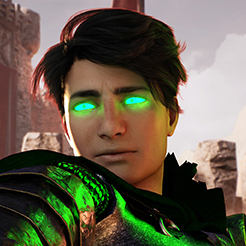Self has arrived at Part Two of The Gallery of Miracles and Madness, by Charlie English. It's been a fascinating read so far. Germany after World War I seems like a decadent place, fertile ground for art movements like the Surrealists. Also, obscene poetry recited in cafés!
Alas, things do not continue on this fascinating path. Hitler enters the picture.
In the summer of 1924, Hitler was serving time for his role in a failed insurrection. (So many parallels, I swear!)
In November 1923, he and two thousand Nazi storm troopers had tried to seize control of Munich, the first step in a plan to topple the Weimar Republic. But the Beer Hall Putsch, as the coup attempt would be called, had been a disaster: Sixteen Nazis and four state police officers were killed, and Hitler was caught and charged with high treason. On arrival at Landsberg, raging at the prison psychologist, Alois Maria Ott . . . flecks of spittle showing at his lips, Ott assessed the new inmate as "a morbid psychopath . . . prone to hysteria . . . with an inclination toward a magical mindset . . . Surrounded in jail by forty sycophantic co-conspirators, with piles of expensive gifts sent by admirers and with even guards whispering "Heil Hitler!" in his ear, he became convinced that he was the messiah for the German people, their Fuhrer.
The Gallery of Miracles and Madness, pp. 63 -64

No comments:
Post a Comment